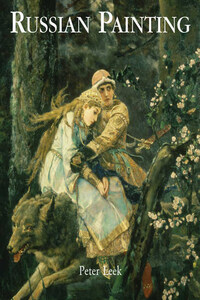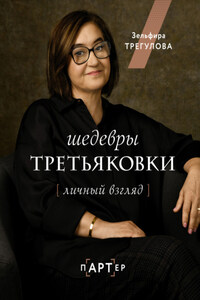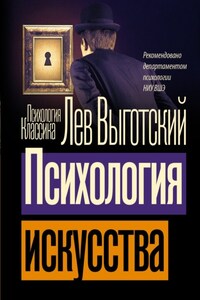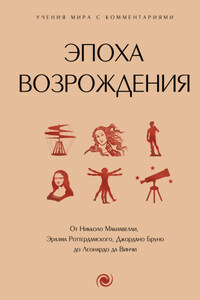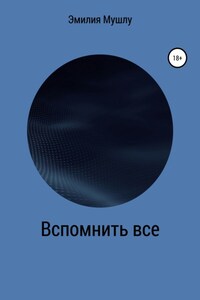© Confidential Concepts, worldwide, USA
© Parkstone Press International, New York, USA
Image-Bar www.image-bar.com
© Alexandre Benois Estate, Artists Rights Society, New York, USA / ADAGP, Paris
© Marc Chagall Estate, Artists Rights Society, New York, USA / ADAGP, Paris
© Igor Grabar Estate, Artists Rights Society, New York, USA / ADAGP, Paris
© Vassili Kandinsky Estate, Artists Rights Society, New York, USA / ADAGP, Paris
© Pyotr Konchalovsky Estate, Artists Rights Society, New York, USA / ADAGP, Paris
© Vladimir Koslinski Estate, Artists Rights Society, New York, USA / ADAGP, Paris
© Nikolai Krimov Estate, Artists Rights Society, New York, USA / RAO, Moscow
© Mikhaïl Larionov Estate, Artists Rights Society, New York, USA / ADAGP, Paris
© Arkadij Plastov Estate, Artists Rights Society, New York, USA / ADAGP, Paris
© Ivan Puni Estate, Artists Rights Society, New York, USA / ADAGP, Paris
© Alexandre Rodtchenko Estate, Artists Rights Society, New York USA / ADAGP, Paris
© Martiros Saryan Estate, Artists Rights Society, New York, USA / ADAGP, Paris
© Zinaida Serebriakova Estate, Artists Rights Society, New York, USA / ADAGP, Paris
© Nikolai Suetin Estate, Artists Rights Society, New York, USA / VG Bildkunst, Bonn
© Vladimir Tatline Estate, Artists Rights Society, New York, USA / ADAGP, Paris
© Boris Yakovlev Estate, Artists Rights Society, New York, USA / ADAGP, Paris
© Konstantin Yuon Estate, Artists Rights Society, New York, USA / RAO, Moscow
© Sergei Chekhonin, copyright reserved
© Alexander Deineka, copyright reserved
© Alexandra Exter, copyright reserved
© Konstantin Korovin, copyright reserved
© Alexander Kuprin, copyright reserved
© Yevgeny Lanceray, copyright reserved
© Kasimir Malevich, copyright reserved
© Mikhail Matiouchine, copyright reserved
© Kuzma Petrov-Vodkin, copyright reserved
© Nicolai Roerich, copyright reserved
© Konstantin Somov, copyright reserved
© Sergei Sudeikin, copyright reserved
